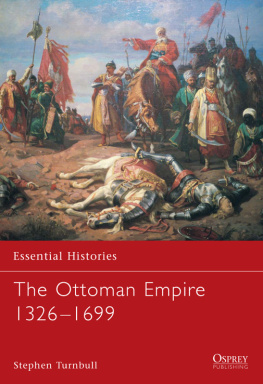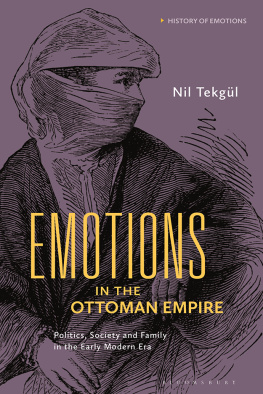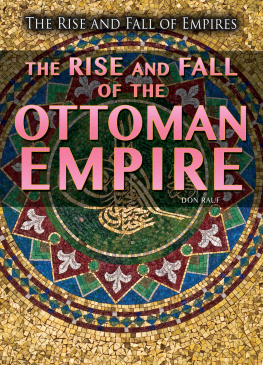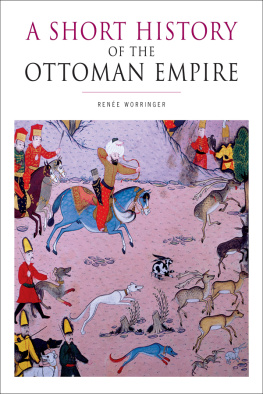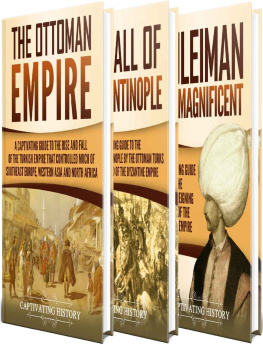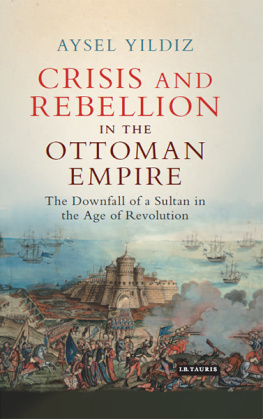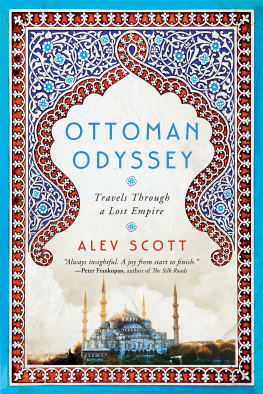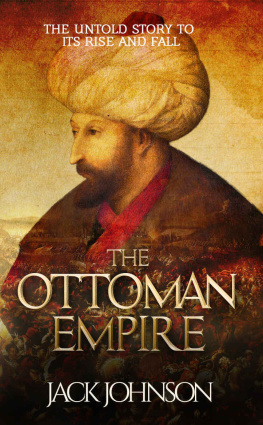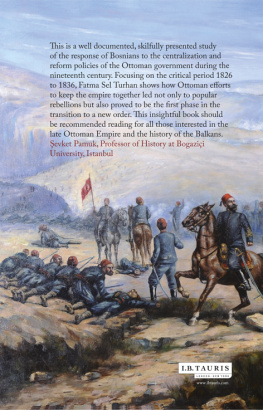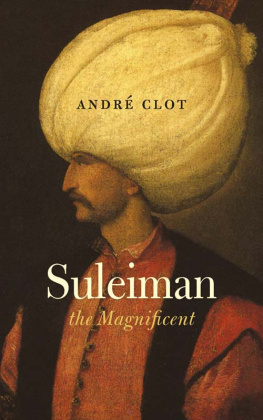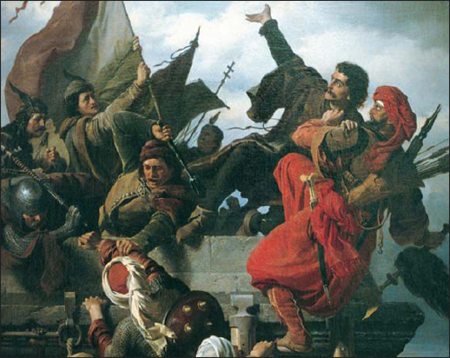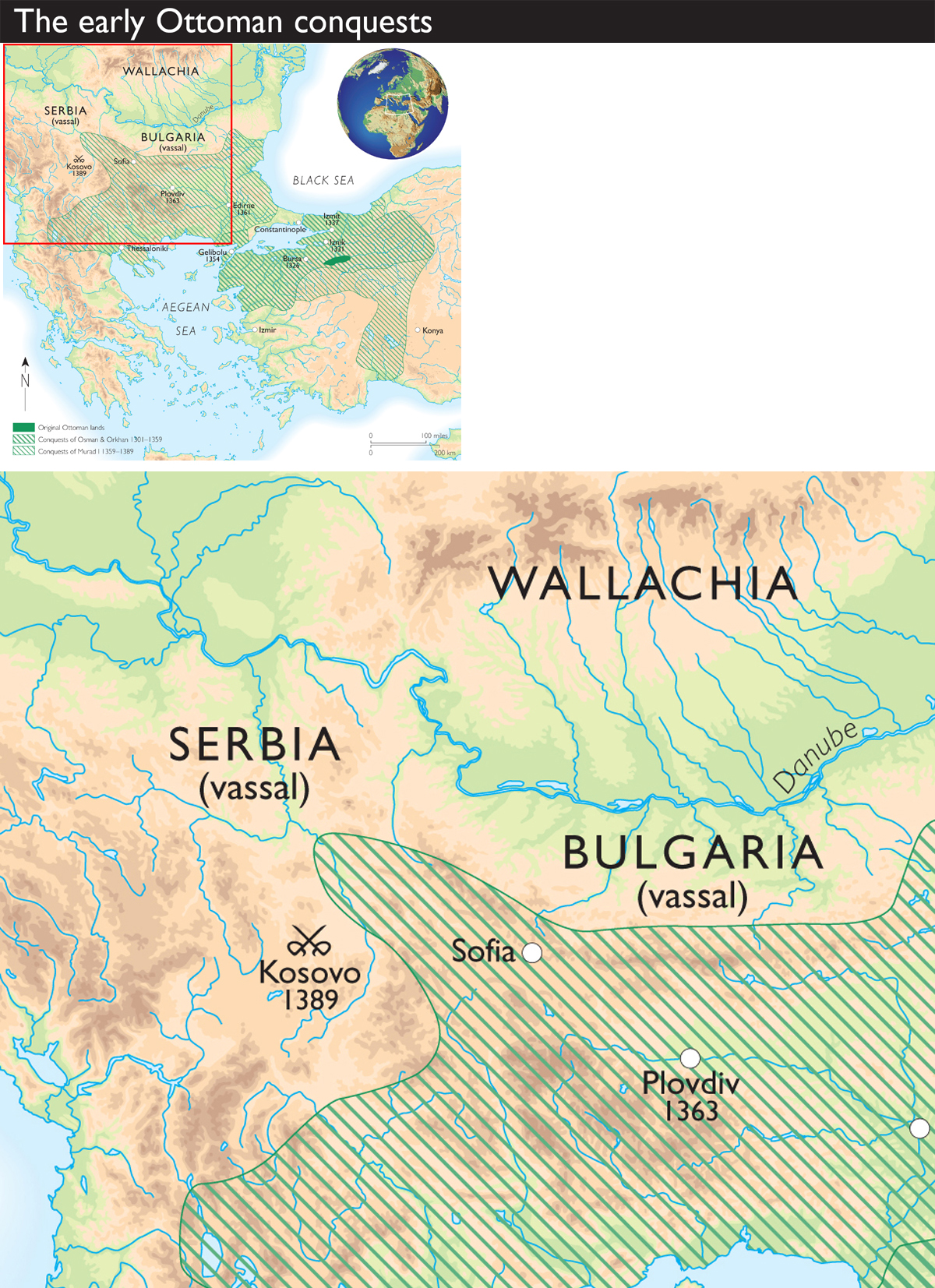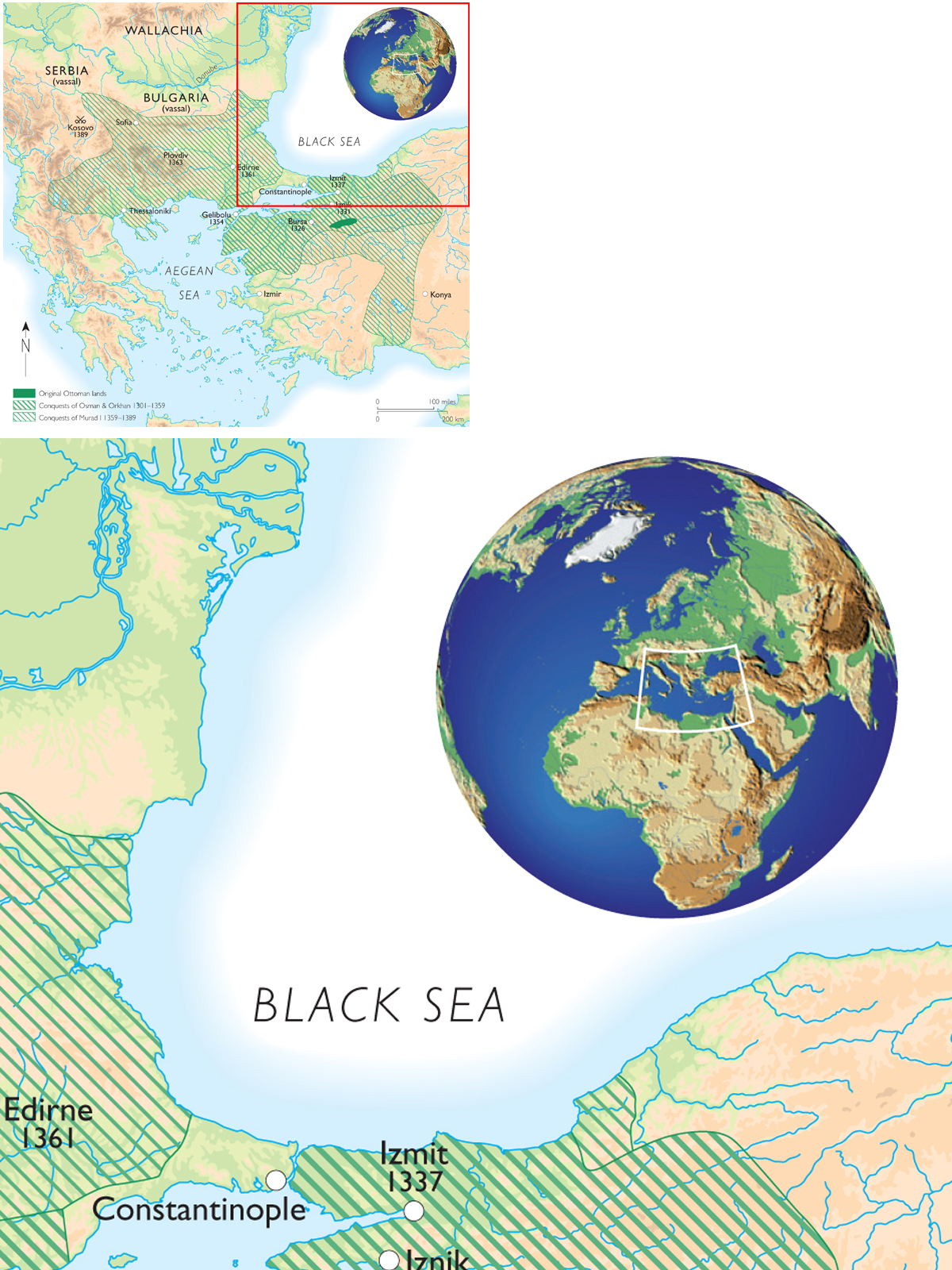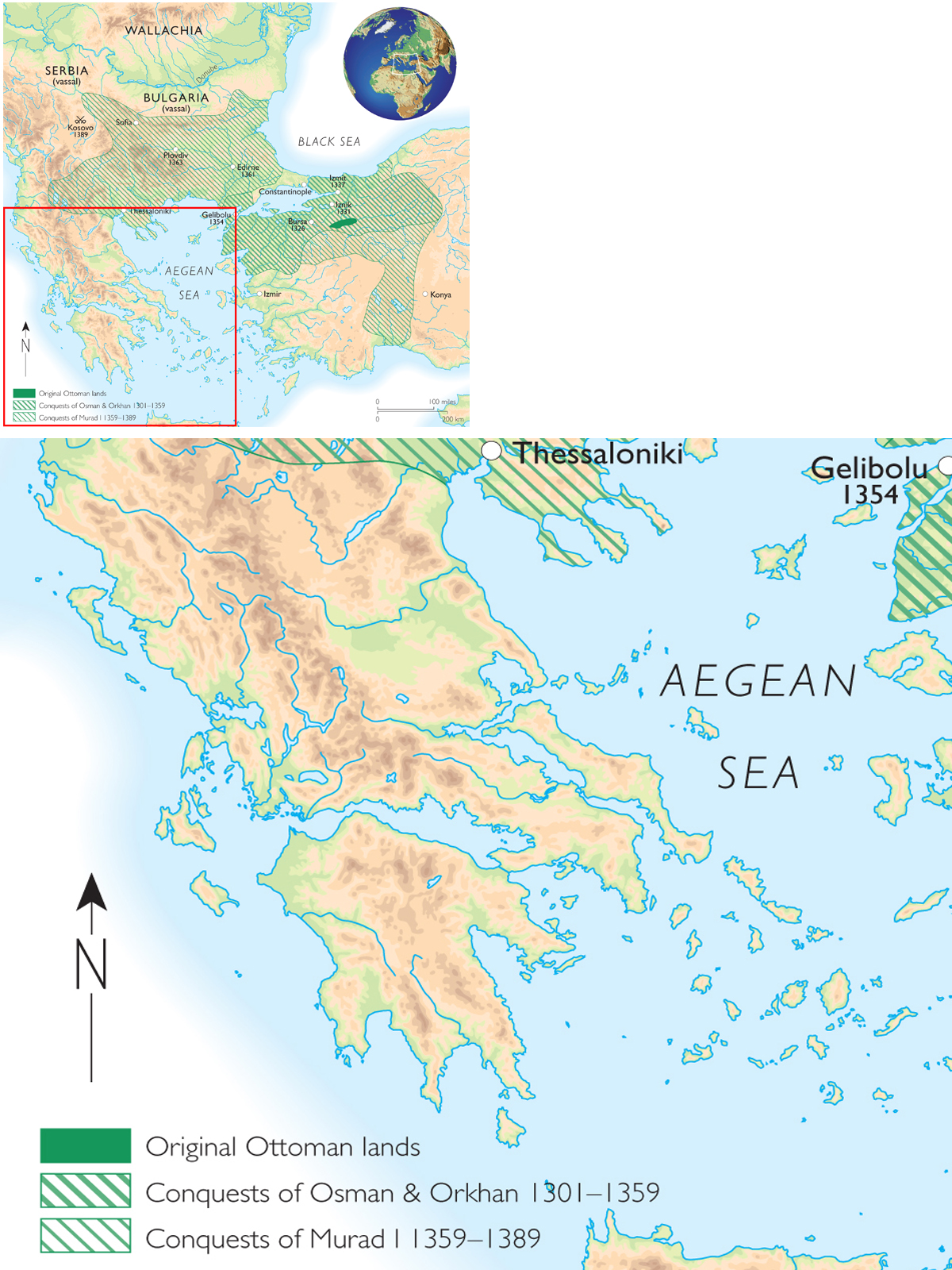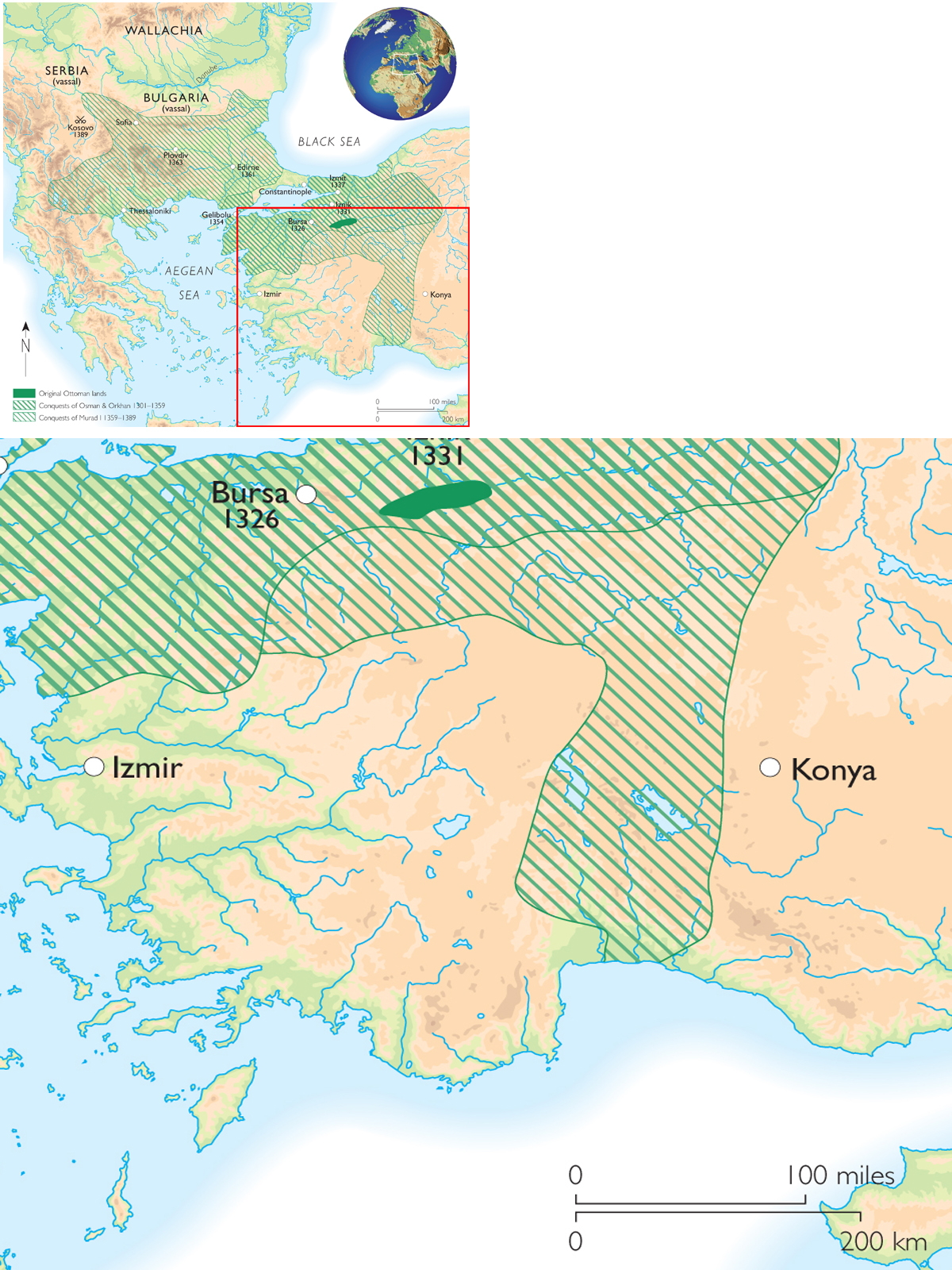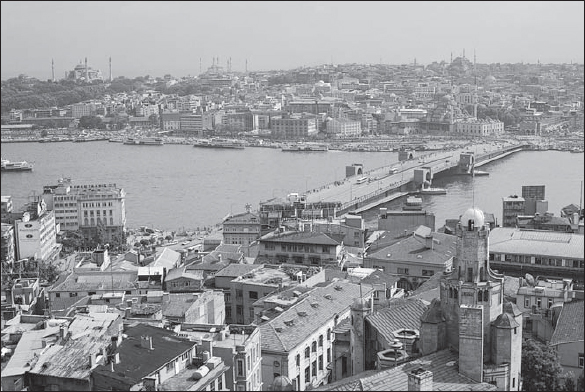Essential Histories
The Ottoman Empire 13261699
Stephen Turnbull
Contents
Introduction
In February of the year 1221 Tolui, the son of Genghis Khan, sat on a golden chair on a barren plain in present-day Afghanistan and watched the mass execution of the survivors of the Mongol capture of Merv. Men, women and children were herded together and given to the soldiers to be killed in batches of between two and three hundred each. It was shortly afterwards, according to tradition, that an Orghuz clan living nearby heard of the atrocities and emigrated to Asia Minor, where the Seljuks gave them land. These refugees were the founders of the Ottoman Empire.
The purpose of this book is to provide a concise, reliable and readable account of the wars of the Ottoman Empire. As the foundation and maintenance of the Ottoman hegemony was such an enormous undertaking in space as well as time this book will concentrate on the period between the establishment of the Ottoman capital at Bursa in 1326 and the Peace of Karlowitz in 1699. Limitations of space also require a concentration on the Ottoman confrontations with the West, although the important repercussions arising out of campaigns against Egypt and Persia will also be examined.
The city of Istanbul, as Constantinople the capital of the Byzantine Empire and from 1453 the capital of the Ottoman Empire. This view is taken looking across the Golden Horn from the Galata Tower.
Chronology
| 1301 | Osman attacks Nicaea (Iznik) |
| 1326 | Orkhan captures Brusa (Bursa) |
| 1329 | Nicaea is finally captured |
| 1337 | Nicomedia (Izmid) is captured |
| 1345 | Annexation of the beylik of Karasi |
| 1346 | Ottomans form an alliance with John Cantacuzenus |
| 1352 | Ottomans capture Tzympe (Chimenlik) |
| 1354 | An earthquake allows the Ottomans to occupy Gallipoli (Gelibolu) |
| 1361 | Capture of Adrianople (Edirne) |
| 1362 | Accession of Murad I |
| 1363 | Capture of Philippopolis (Plovdiv) First battle of the Maritza |
| 1365 | Edirne becomes the new Ottoman capital |
| 1371 | Battle of Samakov Battle of Cernomen Second battle of the Martiza (Sirpsindigi) |
| 1385 | Ottomans enter Albania Capture of Sofia |
| 1386 | Capture of Nis |
| 1387 | Capture of Thessalonica Capture of Konya |
| 1389 | Battle of Kosovo |
| 1393 | Collapse of Bulgarian independence |
| 1396 | Battle of Nicopolis |
| 1402 | Battle of Ankara |
| 1422 | Siege of Constantinople |
| 1444 | Battle of Varna |
| 1448 | Second battle of Kosovo |
| 1453 | Conquest of Constantinople |
| 1456 | Siege of Belgrade |
| 1462 | Ottoman invasion of Wallachia |
| 1475 | Battle of Vaslui |
| 1480 | Ottoman invasion of Italy |
| 1480 | First siege of Rhodes |
| 1492 | Battle of Villach |
| 1500 | Capture of Modon |
| 1514 | Battle of Tchaldiran |
| 1516 | Capture of Aleppo Capture of Damascus |
| 1517 | Capture of Cairo |
| 1520 | Accession of Suleiman the Magnificent |
| 1521 | Capture of Belgrade |
| 1522 | Second siege of Rhodes |
| 1526 | Battle of Mohacs |
| 1529 | Siege of Vienna |
| 1532 | Siege of Gns (Koszeg) |
| 1552 | Siege of Erlau (Eger) |
| 1565 | Siege of Malta |
| 1566 | Siege of Szigeth (Szigetvar) Death of Suleiman the Magnificent |
| 1570 | Conquest of Cyprus |
| 1571 | Battle of Lepanto |
| 1574 | Capture of Tunis |
| 1593 | Thirteen Years War begins against Hungary |
| 1594 | Capture of Raab (Gyor) |
| 1595 | Austrians capture Gran (Esztergom) |
| 1596 | Ottomans take Erlau (Eger) Battle of Kerestes |
| 1598 | Loss of Raab (Gyor) |
| 1600 | Capture of Kanizsa (Nagykanicsa) |
| 1601 | Loss of Stuhlweissenburg (Szekesfehervar) |
| 1606 | Peace of Zsitva-Torok |
| 1620 | Battle of Cecora |
| 1621 | Battle of Chocim |
| 1645 | Invasion of Crete |
| 1656 | Battle of the Dardanelles Mehmet Koprulu becomes Grand Vizier |
| 1676 | Ahmed Koprulu becomes Grand Vizier |
| 1664 | Battle of St Gottard |
| 1669 | Capture of Crete |
| 1676 | Kara Mustafa becomes Grand Vizier |
| 1683 | Siege of Vienna |
| 1686 | Loss of Buda |
| 1687 | Second battle of Mohacs |
| 1688 | Loss of Belgrade |
| 1697 | Battle of Zenta |
| 1699 | Treaty of Karlowitz |
Background to war
The rise of the Ottomans
Hulegu Khan, the son of Tolui and grandson of Genghis Khan, died in 1265. His successors were the Ilkhans of Persia, who embraced both Islam and civilisation with equal enthusiasm. As the historian Rashid ad-Din puts it, the Mongols, who until then had only destroyed, now began to build. But the price of this civilisation was the abandonment of the harsh Mongol heritage leading to consequences warned about by Genghis Khan, and in 1291 a succession dispute among the Ilkhans of Persia plunged their outlying territories into a state of anarchy. Frontier wars with Mamluk Egypt began while rebellions broke out in Asia Minor, where the slow collapse of the Seljuk kingdom, weakened by Mongol inroads, encouraged certain petty rulers to stake their claims to independence. Among these opportunists in north-west Anatolia were the former refugees called the Ottomans, who had originally controlled only a few square miles of pasture and farmland as vassals of the Seljuks.
The political situation in Anatolia was changing rapidly in another way, because as the Seljuk kingdom had begun to break up a different manifestation of militant Islam had risen to power. This was the aggressive fanaticism of independent bands known as ghazis, groups of holy warriors who fought to spread the faith and supported themselves through plunder. Without tribal or territorial basis, the

